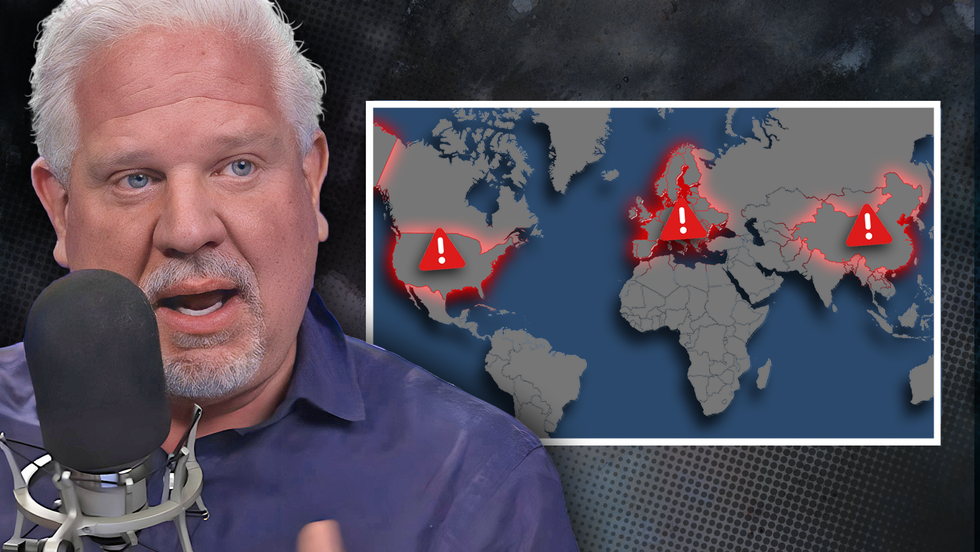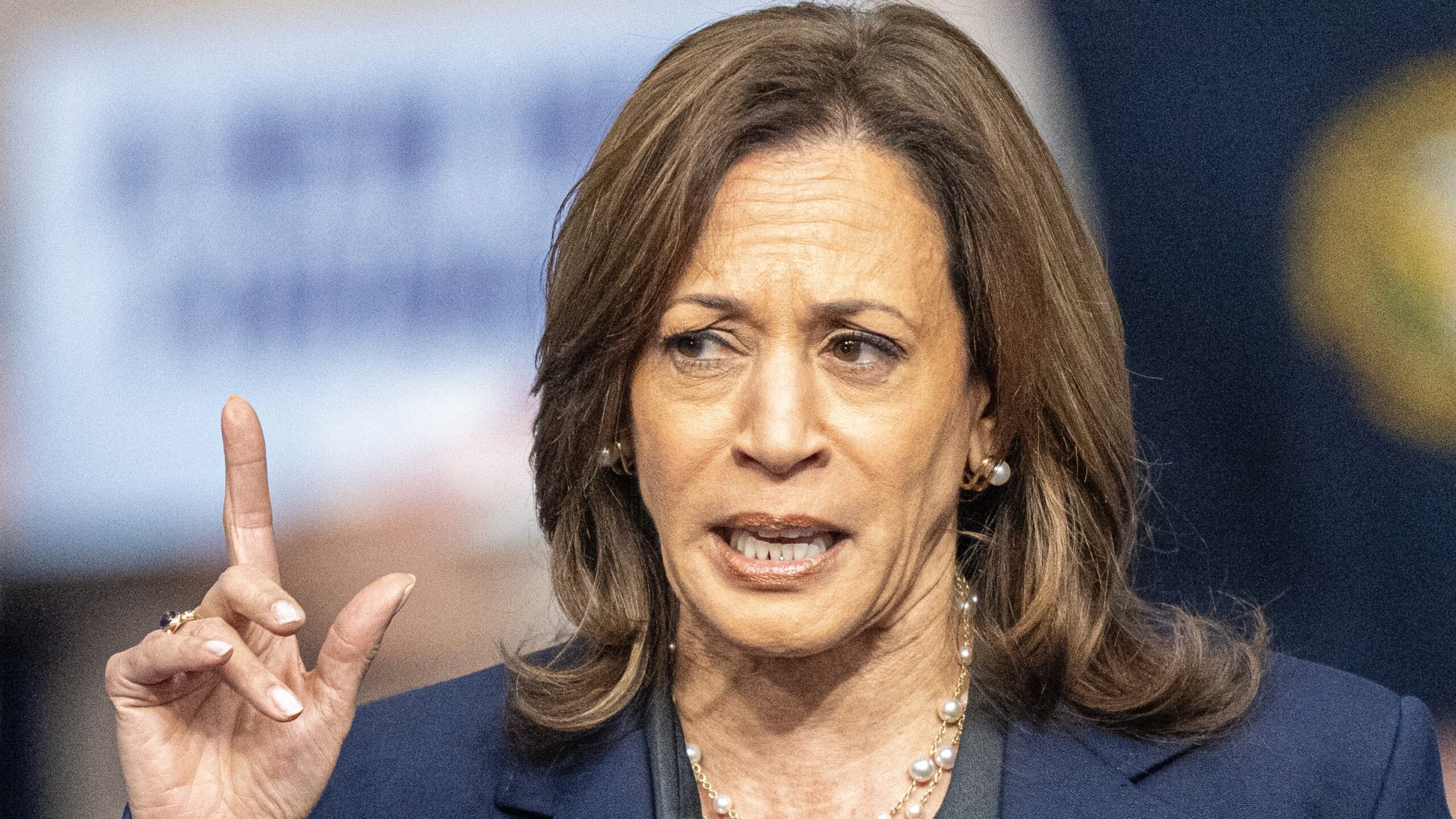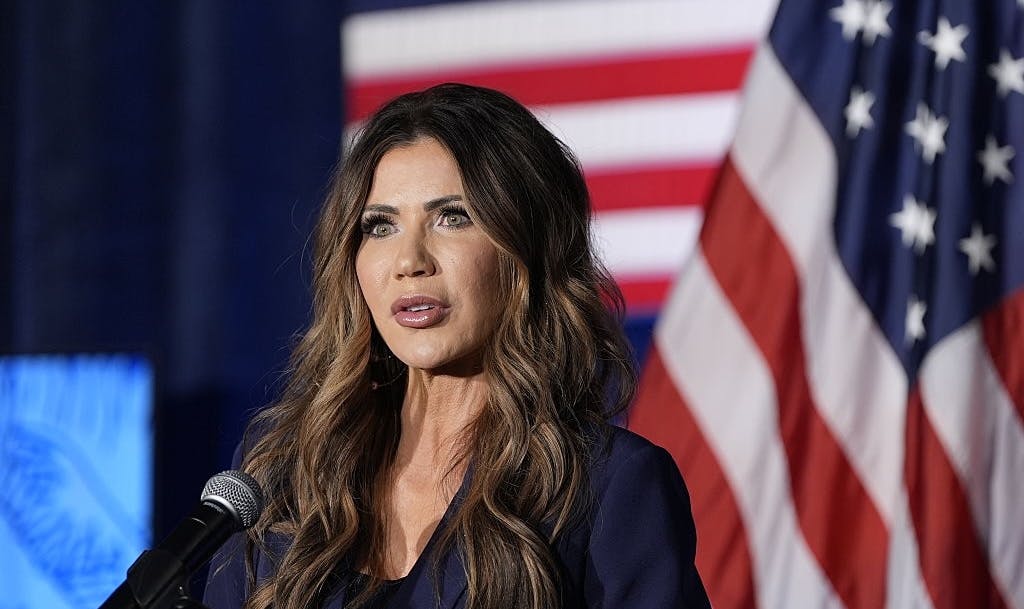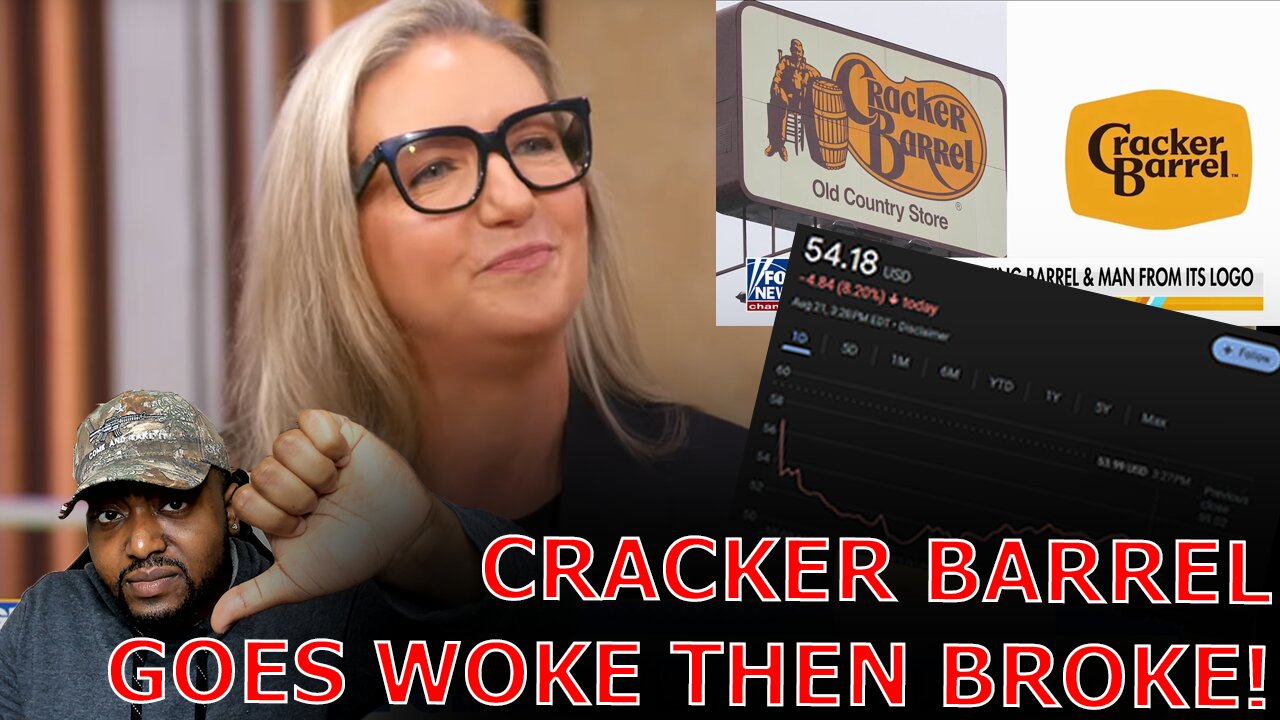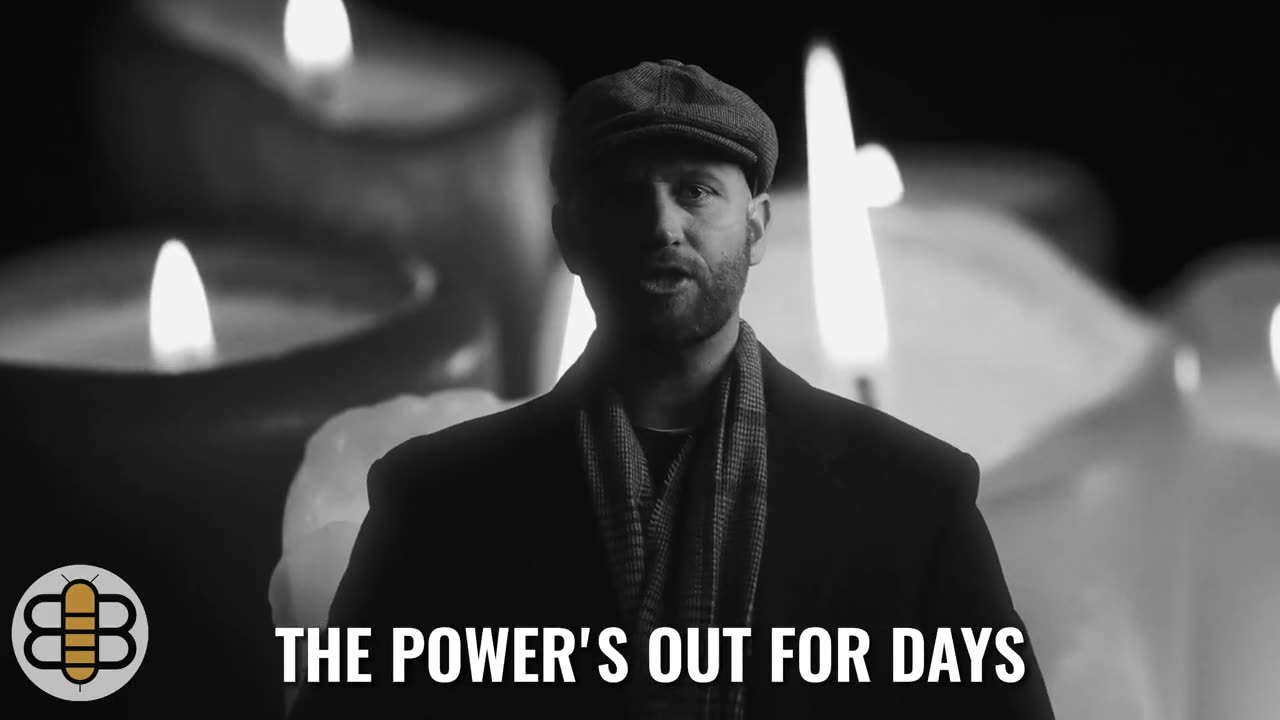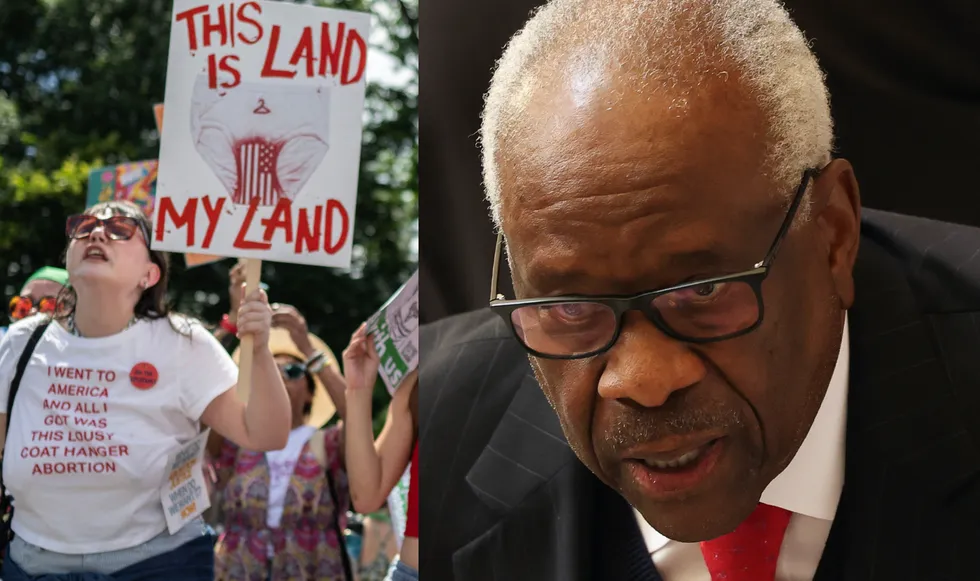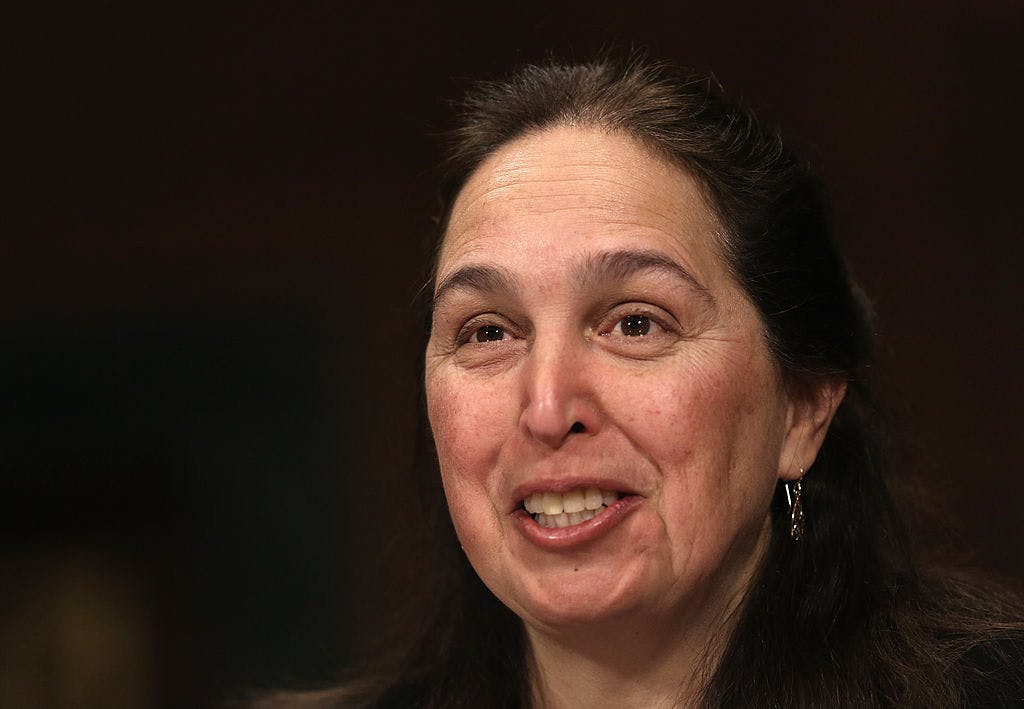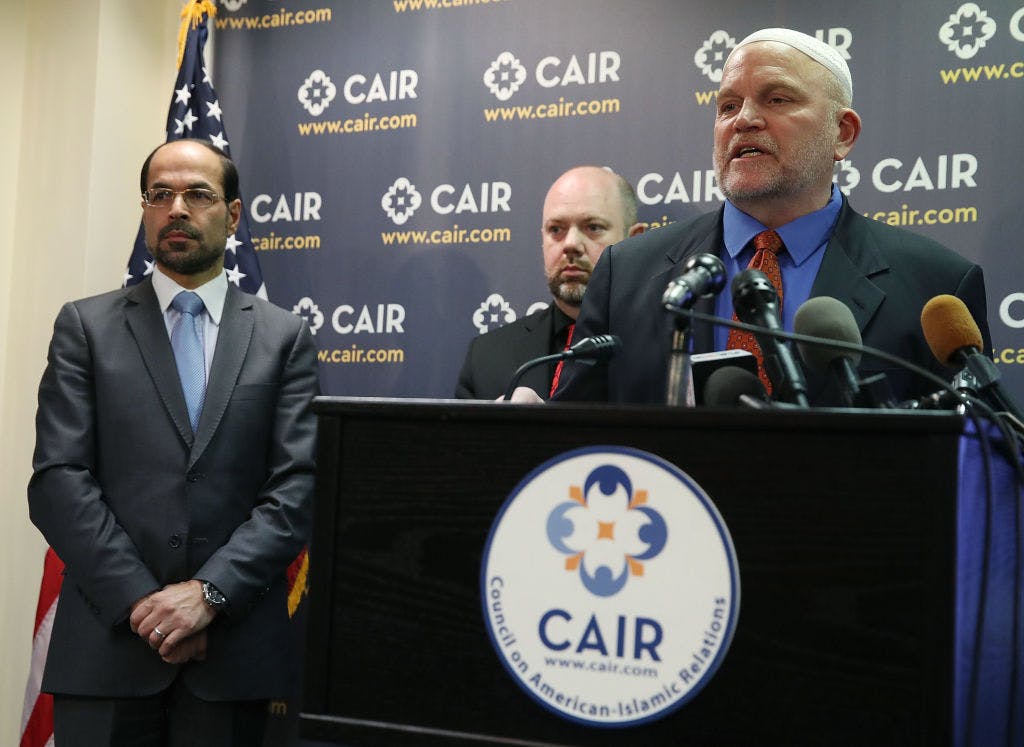What The Peach State’s Political Patchworks Mean For 2026

Editor’s note: This is the fifth installment of a six-part series by pollster Brent Buchanan on the politics of the American South. Last week, Buchanan took a close look at North Carolina. Today, he dives into another swing state — Georgia — to tell the story of the South’s political crossroads.
We hope you enjoy.
—
Georgia isn’t just a battleground. It’s the South’s political crossroads, where more regional identities collide than anywhere else.
While some of the regions are too small to have an outsized influence on statewide races, their presence as a mixing agent within the more prominent regions cements Georgia’s unofficial status as the capital of the South – and the ultimate test for both parties.
Our analysis of Southern politics found that Georgia contains more of the South’s distinct regions than any other state. From a wall of “Trumpian Highlands” banding the northern border of the state, to pockets of hardened “Sweet Tea Suburbs” and a sprawling “Dixieland” with vestiges of the “Soulful South,” and a surprising emergence of “Republican Resettlers” encroaching up from Florida, pundits and politicos alike have their eyes on Georgia and especially its upcoming 2026 gubernatorial and Senate races.
“Georgia as a high-profile state is nothing new to politics,” said Nicholas Valdiviez, Cygnal’s Sampling Lead for this comprehensive analysis. “But when you look at the state through the lens of our unique regional analysis, Georgia has more complex regions at play than any other state, and in the context of the 2026 midterm elections, those complexities help explain the intrigue of unseating Senator Jon Ossoff (D) and holding onto the Governor’s mansion.”

It’s true that Georgia’s status as a swing state is almost exclusively driven by the fact that a still-deeply-red state is represented by two far-Left senators. It just so happens that it’s time for Ossoff to defend his seat (and abysmal record out of step with most of even purple Georgia) against an unknown Republican challenger, now that outgoing Republican Governor Brian Kemp (a longtime Cygnal client) has ruled out a run to unseat Ossoff.
A Complex Political Patchwork: The Peach State Defies Simple Labels.
Speaking about a possible Kemp Senate run, nationally syndicated radio host Erick Erickson noted that many governors-turned-senators find themselves unhappy in the world’s greatest deliberative body.
And Kemp understands — perhaps better than any other elected official in Georgia — that while the state’s political map might look like a simple red versus blue situation articulating an urban-rural divide, it’s actually a mosaic of regions with overlapping and rapidly changing political identities.
Take the so-called “Black Belt,” a region with high concentrations of Black voters, which delivers reliably Democratic margins in states like Alabama and Mississippi. In Georgia, the Black Belt runs from Columbus to Macon to Augusta — where it displays fewer characteristics of the monolithic voting bloc it used to be.
Today, this region is dominated by what we’ve dubbed “Dixieland” voters. Unlike other areas in the state — especially surrounding Atlanta, which have seen high-impact demographic swings — voters in Georgia’s Black Belt region now demonstrate voting patterns more akin to Dixieland, which is just over 15% African American, than ever before.
The demographics are the same, but the sentiment has changed. Dixieland voters have the highest propensity for weekly religious services of any group at 37%, and the lowest “not religious” population at 14%, combined with one of the highest rates of any of the regions who say the country is on the right track +21, and +35 support for Trump.
DATA NOTE: When we conducted this analysis, we fully expected the well-known Black Belt to emerge as a prominent visual feature on our Georgia map — but it didn’t — and, like many of the other elements covered in this series, it further demonstrates just how dynamic and consequential the South has become to political power in the United States.
Two additional trends are emerging in Georgia, both influenced by neighboring states, again proving the regionality of our analysis is shaping the South’s political map.
First, in the northern part of the state, where the Trumpian Highlands extend all the way down from Tennessee until they meet those hardened “Sweet Tea Suburbs” that surround Atlanta, with another small pocket around the state line near Chattanooga. This is where speculated senate candidate and firebrand Congresswoman Marjorie Taylor Greene hails from, and all three of the congressional districts in that area are held by Republicans. These are some of the most Republican areas in the country, with Georgia’s 14th and 9th congressional districts voting for Trump by an imposing 68-31 and 67-33 margins, respectively.
As our data below indicate, before 2016, Republicans won in the Dixieland portions of Georgia by an average of 29%. But in the Trump Era, that margin rose to 39%. Notably, even with a minor dip in 2020, Dixieland recovered quickly for the 2024 cycle, shifting 4% back to the right from 2020, and up 3% compared to 2016.

Unlike Part IV of this series, where North Carolina’s divisions created a sort of mixing zone between east and west, the Trumpian Highlands of Georgia create a hard line between Atlanta’s suburbs. This makes some of the regional fluidity we see in other areas of the South less evident in Northern Georgia. Factor in those collar counties of Henry, Rockdale, Gwinnett, Cobb, and DeKalb surrounding Atlanta, and the political picture of north Georgia makes this part of the state less likely to produce surprises or statewide leaders.

Georgia has another political encroachment from its neighbor to the south, Florida. In our analysis, we identified “Republican Resettlers,” areas that have absorbed a significant influx of newcomers, many times from more liberal states, who are self-selecting for conservative communities. Unlike legacy Southern strongholds, Republican Resettlers’ political identity is shaped more by recent population movement and community choice than by deep historical roots. This growth in southeast Georgia, where we’ve seen Republican Resettlers’ encroachment, is mirrored in population increases in the mentioned areas from 2020 to 2022.
As Georgia remains an attractive place for many of these voters, our maps show this region, while not yet decisive, is quietly growing as conservatives migrate north along the coast toward places like Brunswick, Savannah, and even Valdosta. That’s a trend worth watching as the state’s population continues to surge.
“Nobody argues that Georgia is evolving politically, or that it’s a key state, especially with all the media attention surrounding Ossoff’s very vulnerable position,” said Valdiviez. “But what our analysis and maps show is a state that has both hardened lines of political division and zones of increasing transition. It proves that two things can be true in a marquee southern state: Georgia is prone to rigidity and it’s not immune to prevailing regional shifts.”
So What? Why The Patchwork Matters.
Georgia’s regional complexity isn’t just a curiosity for pollsters like us or casual and professional political junkies — it is a real-world challenge for campaigns and an absolute bellwether for the national parties — even if Ossoff is on the ropes for 2026. With so many overlapping and shifting identities, the Peach State forces both Democrats and Republicans to move beyond one-size-fits-all messaging.
The state’s “swing” status isn’t an accident. It’s a direct result of these dynamic, sometimes contradictory, regional trends. As flight from liberal states continues, even from other Republican states, and as the Republican Resettlers gain ground along Georgia’s coastal plains, the map will only get more complicated and more consequential.
With Kemp out of the 2026 Senate race, the race is on to determine who can unite enough of these regions to build a winning coalition. The GOP’s search for a candidate with true statewide appeal is wide open, while Democrats must defend ground in the face of a weak candidate, demographic churn, and voter fatigue. The lesson from Georgia is clear: turnout, connective messaging, and a Kemp-style understanding of local nuance are everything. Ignore the state’s patchwork at your peril.
The Battleground That Won’t Quit.
Georgia’s story is largely the South’s story.
It’s a state where no single region, candidate, or trend can guarantee victory. It’s a mix of hardened Republican strongholds, fast-growing Democratic suburbs, and emerging zones of transition, which means every election is up for grabs.
The Peach State’s political future will be decided not by national narratives or simple red-blue maps, but by the ability of campaigns to read the local landscape and adapt. In a nation increasingly defined by polarization and migration, Georgia stands as the ultimate test — and frankly, the ultimate prize for anyone hoping to shape the next era of American politics.
COMING UP NEXT: In Part VI, the final installment of our series, we’ll tie together the lessons from our analysis and offer a glimpse at what’s in store for the South and the nation as we head for the 2026 midterms.
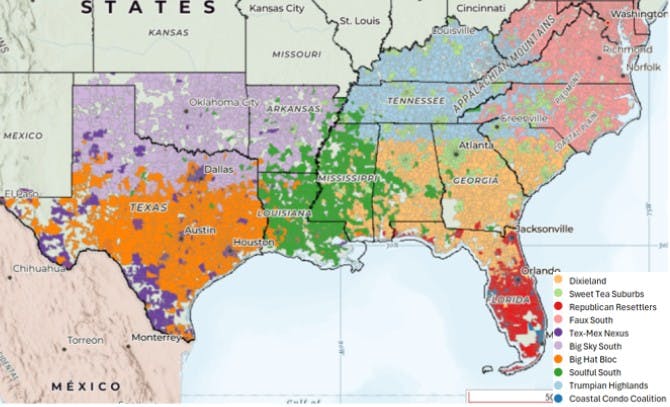
READING THE MAP: When reading our map, keep in mind that we intentionally moved beyond traditional state lines to capture the true complexity of Southern politics. Each of the ten regions was named to reflect its unique cultural, demographic, and historical identity, whether it’s the steadfast conservatism of Dixieland, the dynamic growth of the Republican Resettlers, or the inelasticity of the Sweet Tea Suburbs.
These names aren’t just for color; they’re a practical tool for understanding how voter behavior clusters in ways that state boundaries simply can’t explain. We used a rigorous, data-driven approach combining ZIP-code-level analysis, weighted demographic variables, and historical voting trends to identify and define each region. The result is a map that highlights not just where voters are, but how and why they vote the way they do, offering a more actionable and nuanced guide for anyone looking to understand or influence the South’s evolving political landscape.
Originally Published at Daily Wire, Daily Signal, or The Blaze
What's Your Reaction?
 Like
0
Like
0
 Dislike
0
Dislike
0
 Love
0
Love
0
 Funny
0
Funny
0
 Angry
0
Angry
0
 Sad
0
Sad
0
 Wow
0
Wow
0
